Meet the Maker - Tess Newall
In this new series, Justine meets with other makers who share her values, finding common ground and fresh inspiration in equal measure. First up, decorative painter Tess Newall talks about her work, her love of the Bloomsbury Group and how motherhood has shaped her career.


The day I meet artist Tess Newall, we are both wearing gingham. This is entirely by accident but somehow perfect, because we end up talking about the unconscious style of Virginia Woolf, who lived just down the road from where Tess now lives near Lewes in East Sussex.
We talk about old photos of Woolf and her sister, Vanessa Bell, sitting in the garden at home at Charleston. I’ve always loved the clothes they wore – they were really lived in and worn with ease, a style rooted in practicality – and Tess agrees, adding how the Bloomsbury Group were “champions of bringing a playful sensibility to the everyday”, seeing little boundary between art and life. “I love the concept of bringing art into domestic spaces, as they did, through functional objects like candlesticks, book covers, fabrics, furniture,” she says, an approach which has evidently rubbed off onto her work as a painter.

Tess is a decorative artist, creating, conceptualising and painting anything from large set designs to furniture, murals and children’s chairs. She works from her garden studio in Sussex – her literal “room of her own” – a flint outbuilding overlooking grapevines and an unruly garden, just a few metres from the house she shares with her husband, furniture designer Alfred Newall and two children (with a third arriving this summer).
We talk about some of her recent projects, which include a painted lamp stand for interior designer, Kit Kemp. The pattern was inspired by a pelmet of a curtain in the garden room at Charleston, which is made of a fabric that Duncan Grant designed for the first class lounge on the Queen Mary boat. She has also recently worked on a bespoke, commissioned wallpaper based on a room full of decoupaged botanical prints in the home of 18th century Swedish botanist, Carl Linnaeus.
But inspiration can come from anything, she says – books on Austrian painted furniture, postcards of American folk art, sketches of patterns from a tile I once saw, antique embroidery scraps: “I think my style is probably still evolving; I’m someone who gets excited by many different things that I see, and techniques that I want to try. I would love to learn to paint fresco, for example, where paint is applied onto wet plaster and gives a beautifully subtle, faded feel.”

After school, Tess got a place on a foundation course at Chelsea College of Arts, but decided instead to study anthropology, which took her, briefly, into advertising. Unsatisfied at work, she did an art therapy course at Goldsmith’s and, at weekends, assisted set designer Clementine Keith-Roach on installation pieces, mostly for the fashion industry. She remembers in particular a Selfridges shop window inspired by Shakespeare, and a giant polystyrene swan that she had to cover in mother of pearl buttons. “It was like being a child in a toy shop,” she says, and left her job to pursue set design, “suddenly I loved what I did.” Tess built up her portfolio, gained confidence, learnt a lot. “To this day I use a lot of the same toolkit – double-sided tape, glue guns, an oyster card for pressing air bubbles out when I’m wallpapering a wall!”
In many ways, however, it was motherhood that opened the door to the decorative work she now does. When her first child, Wilf, was six months old, she was commissioned to paint a children’s chair, which she designed and worked on while the baby slept. “Painting like this gave me a whole new lease of life, new purpose, and once pictures of my new work started to be shared on social media, orders came flying in,” she tells me. "I created a business, Pierrot Chairs, for which I now employ a small team. I love thinking of how they will be used – bedtime stories, tea parties, building dens – and of them becoming heirlooms that these children’s grandchildren will sit on. They are designs that don’t date, I think: decorative, timeless, but not twee.”
Painting the children's chairs then led to furniture and mural painting commissions, which has made up the majority of Tess's work for the last three years. In that time, her daughter, Romy, was born – in the first week of the first national lockdown, no less – and Tess has juggled the everyday demands of parenting with her commissions. When it’s not a little person waking her up in the small hours, it’s work; at eight months’ pregnant, she’s still upon a platform painting onto the likes of eight foot tall cupboards early in the morning.

Life’s practical demands require equally practical clothes, which brings us back to talking about the Bloomsbury Group. That sensibility of beauty born out of the everyday, of effortless style, so intrinsic to how the likes of Woolf and Bell looked is evident in Tess’s style – both in her work and what she wears – as well as my own. We both love hard-wearing linens and natural looks that feel painterly and soft without being precious. And, always, there’s thought for a garment’s utility, how it will work for the lives we lead.
It would be easy to assume that the dresses I design are purely romantic, a pastiche, perhaps, of a rural idyll, but there’s always functional modernity to them. For example, we’ve recently made the pockets deeper on my three tier Petticoat Lane dresses to accommodate smart phones, which seem to be getting bigger. Tess is quick to add how much she values the pockets, not just for her phone but for paintbrushes, pens, tape. She loves to wear things that fit easily, such as smocks like Barbara Hepworth’s, or empire line dresses she can just throw on with an apron and trainers.

Tess picked out a couple of pieces from my collection, pictured here, all of which have a fitting air of Bloomsbury about them, from the Sky Pimlico dress with its natural linen and unstructured cut, a nod to an artist’s smock, to the Primrose Pavilion dress, structured for ease with its soft elasticated neckline and raised empire seam. While I don’t associate Woolf and Bell with floral patterns, this one is a Liberty archive print from 1935, real Bloomsbury era. Tess also looked lovely in the Market dress, a simple, unfussy check dress with a collar. I can’t help but think that Woolf and Bell would have approved of its workaday style and, of course, the gingham.

Thank you Tess Newall @tessnewallstudio on instagram, or visit www.tessnewall.com
See her children's chairs @pierrotchairs or pierrotchairs.com
Photography from James Ratchford www.jamesratchfordphotography.com


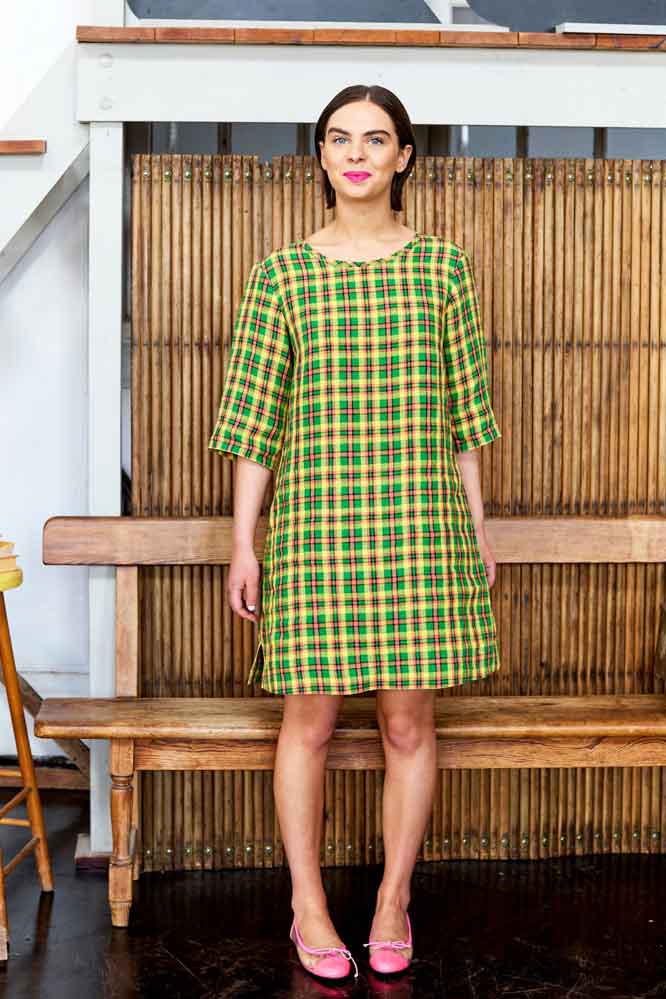
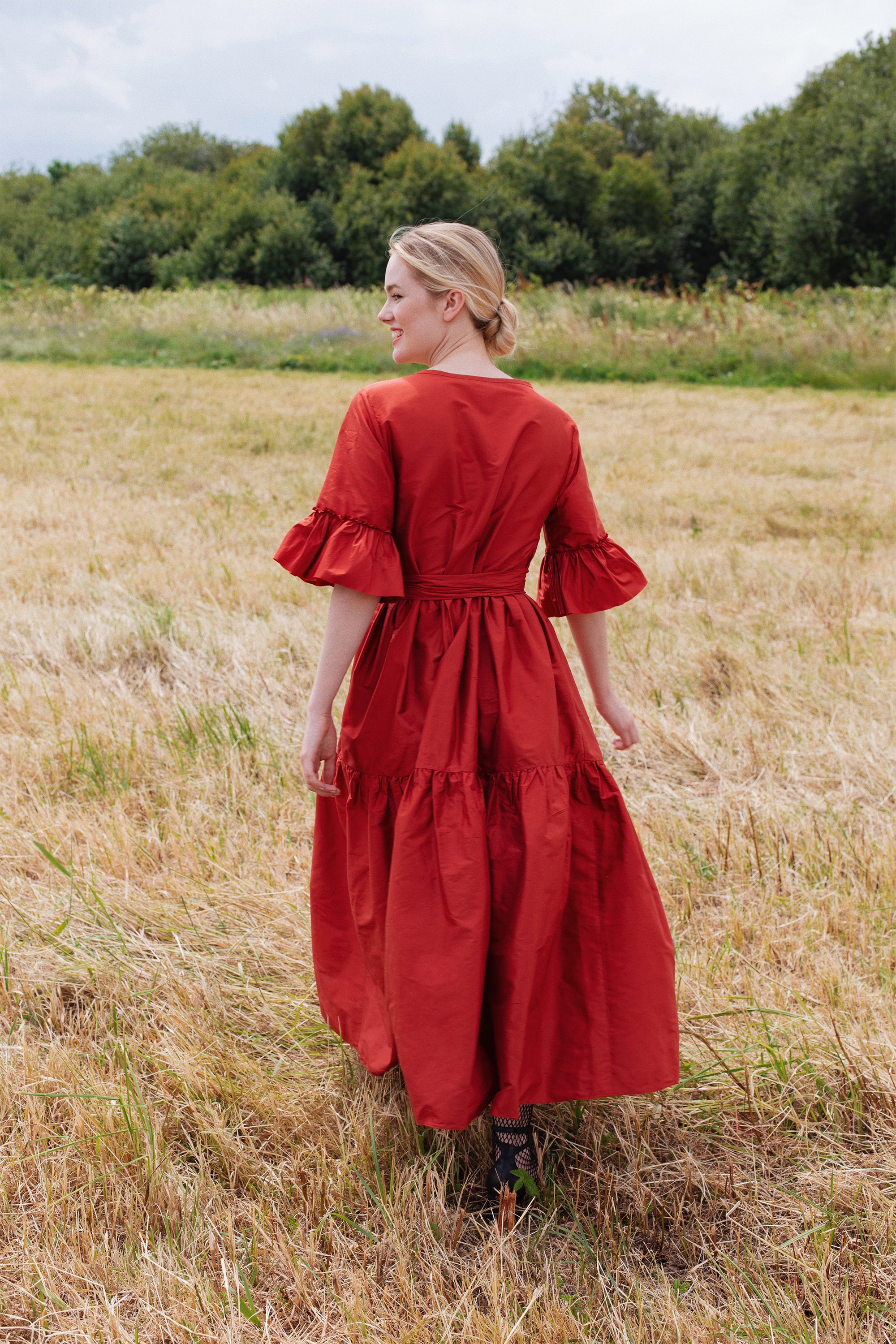
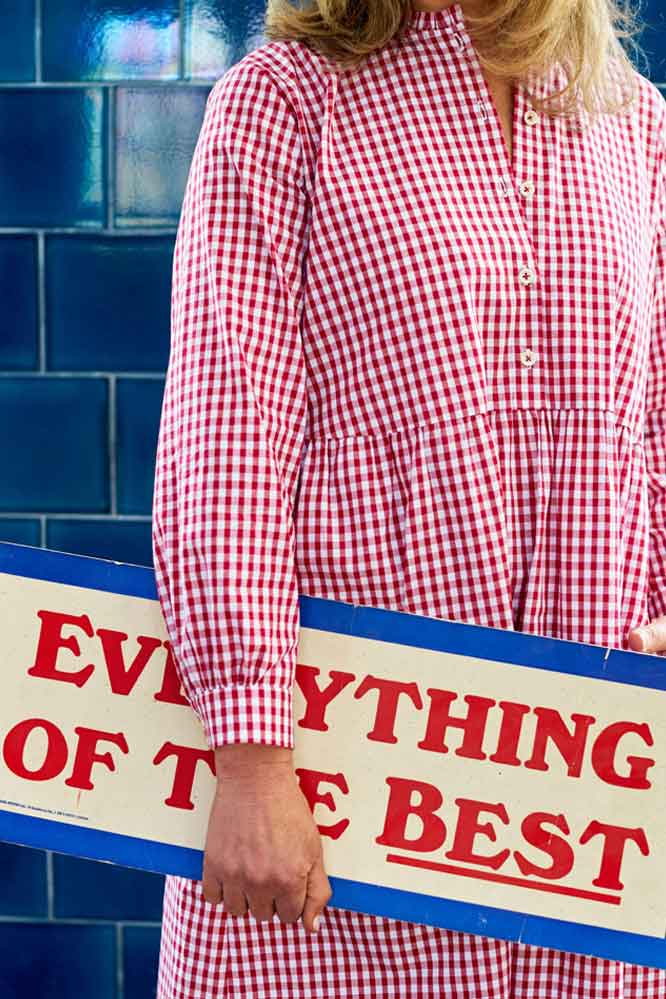
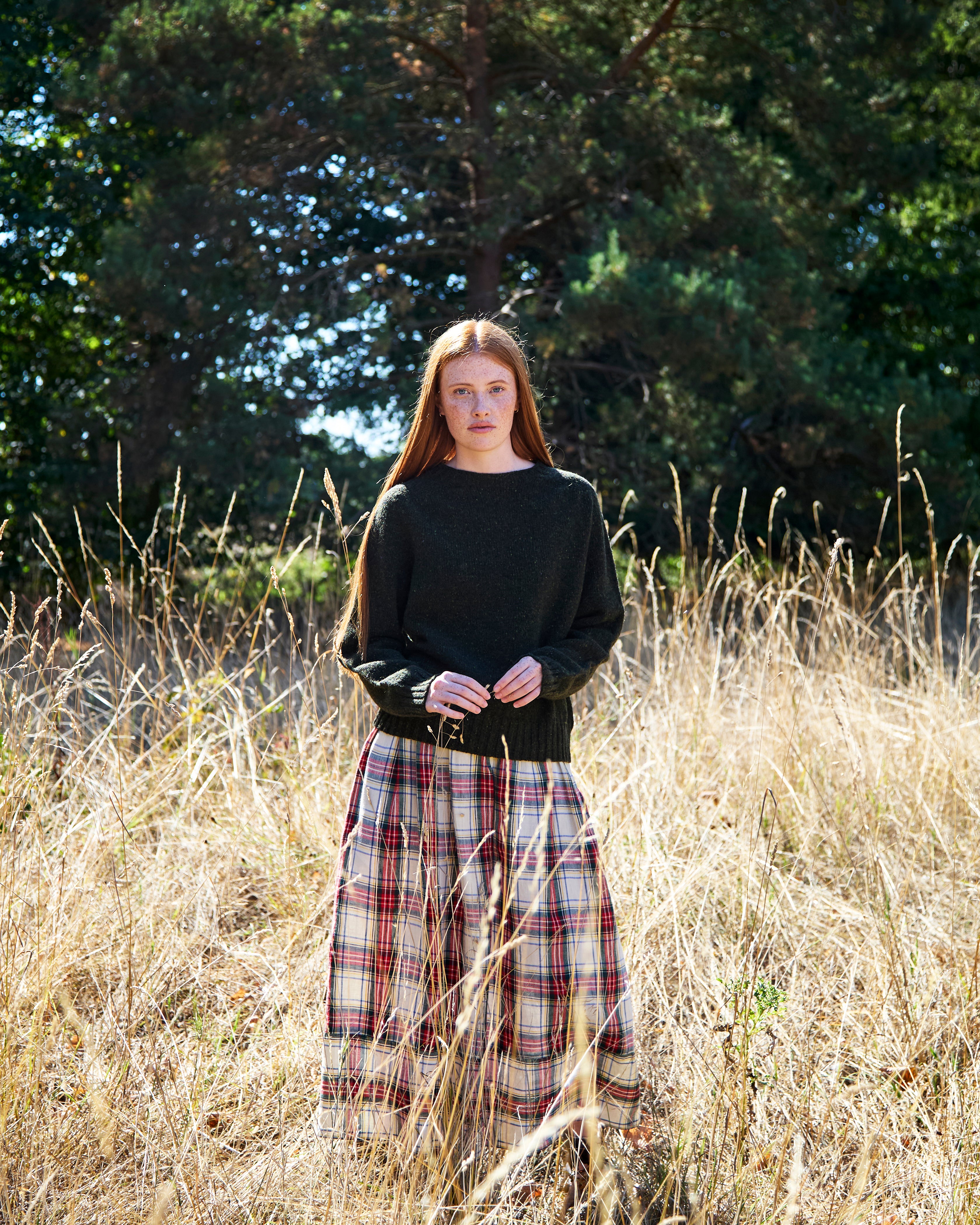
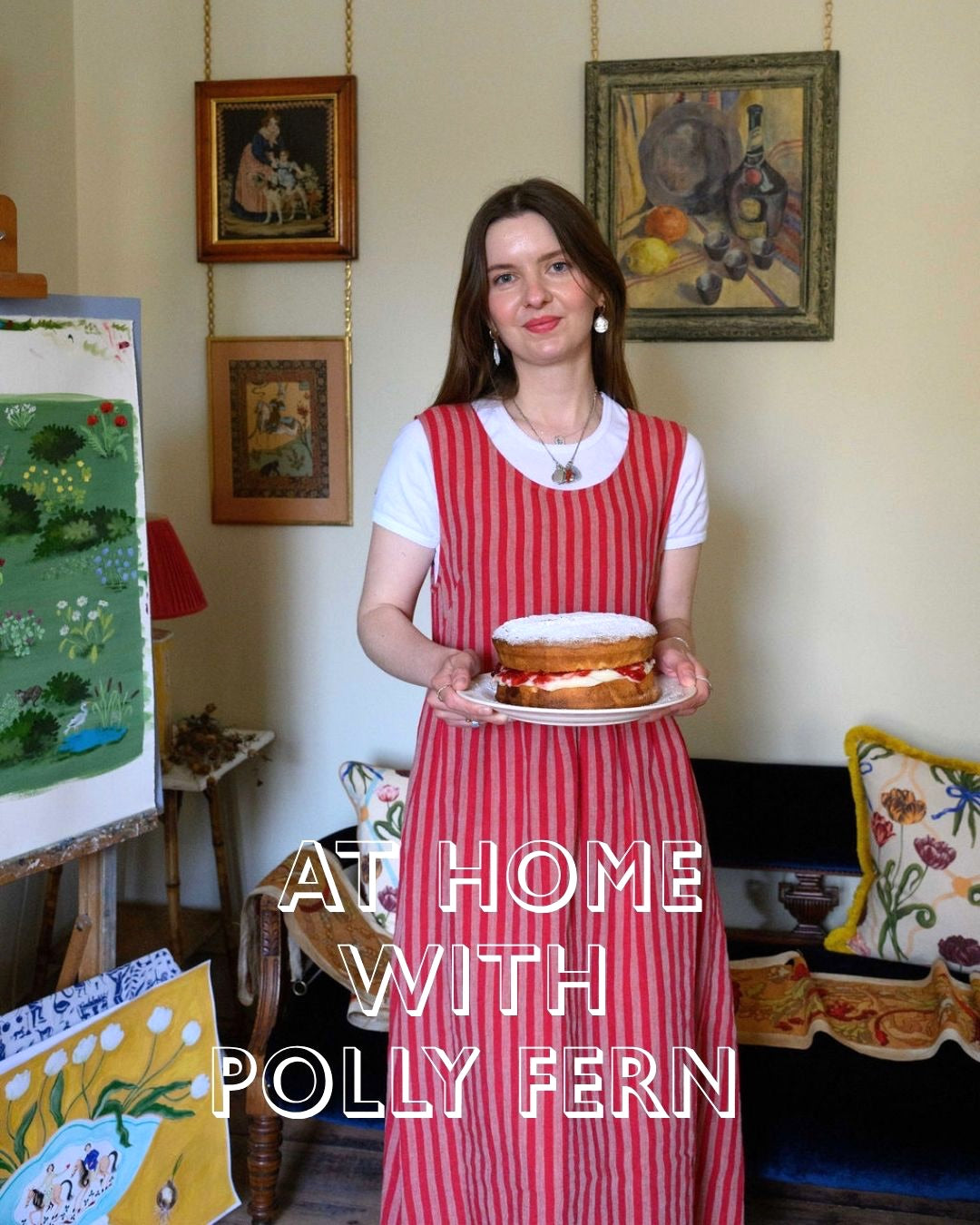
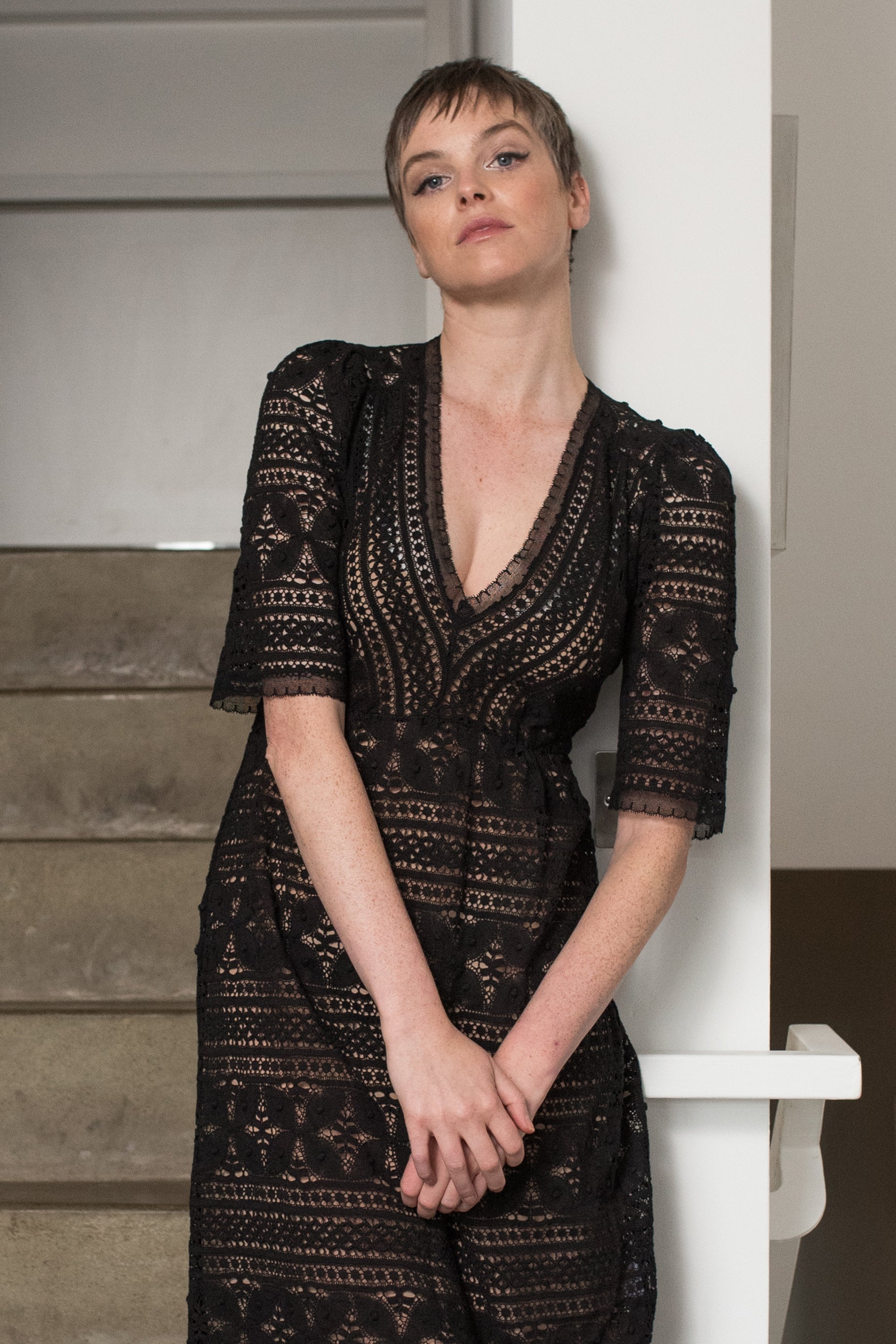


Leave a comment
This site is protected by hCaptcha and the hCaptcha Privacy Policy and Terms of Service apply.